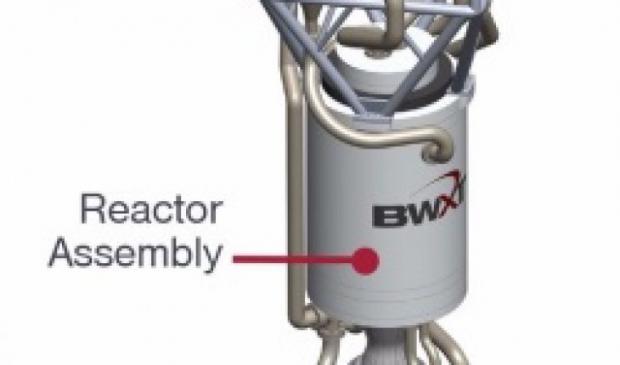
Breaking News
 Trump pardons Mets legend, 'Celebrity Apprentice' alum Darryl Strawberry over tax evasion co
Trump pardons Mets legend, 'Celebrity Apprentice' alum Darryl Strawberry over tax evasion co
 You WON'T BELIEVE How Much Money We're REALLY Sending To Israel!
You WON'T BELIEVE How Much Money We're REALLY Sending To Israel!
 China CANCELS U.S. Soybean Order?! Joel Salatin
China CANCELS U.S. Soybean Order?! Joel Salatin
 Ep 38 Jonathan Haidt: on The Anxious Generation: Childhood in Social Media Age & Fragile College ...
Ep 38 Jonathan Haidt: on The Anxious Generation: Childhood in Social Media Age & Fragile College ...
Top Tech News
 HUGE 32kWh LiFePO4 DIY Battery w/ 628Ah Cells! 90 Minute Build
HUGE 32kWh LiFePO4 DIY Battery w/ 628Ah Cells! 90 Minute Build
 What Has Bitcoin Become 17 Years After Satoshi Nakamoto Published The Whitepaper?
What Has Bitcoin Become 17 Years After Satoshi Nakamoto Published The Whitepaper?
 Japan just injected artificial blood into a human. No blood type needed. No refrigeration.
Japan just injected artificial blood into a human. No blood type needed. No refrigeration.
 The 6 Best LLM Tools To Run Models Locally
The 6 Best LLM Tools To Run Models Locally
 Testing My First Sodium-Ion Solar Battery
Testing My First Sodium-Ion Solar Battery
 A man once paralyzed from the waist down now stands on his own, not with machines or wires,...
A man once paralyzed from the waist down now stands on his own, not with machines or wires,...
 Review: Thumb-sized thermal camera turns your phone into a smart tool
Review: Thumb-sized thermal camera turns your phone into a smart tool
 Army To Bring Nuclear Microreactors To Its Bases By 2028
Army To Bring Nuclear Microreactors To Its Bases By 2028
 Nissan Says It's On Track For Solid-State Batteries That Double EV Range By 2028
Nissan Says It's On Track For Solid-State Batteries That Double EV Range By 2028
NASA funds $18.8 million to create and test fuel for nuclear thermal propulsion

As NASA pursues innovative, cost-effective alternatives to conventional propulsion technologies to forge new paths into the solar system, researchers at NASA's Marshall Space Flight Center in Huntsville, Alabama, say nuclear thermal propulsion technologies are more promising than ever, and have contracted with BWXT Nuclear Energy, Inc. of Lynchburg, Virginia, to further advance and refine those concepts.
Part of NASA's Game Changing Development Program, the Nuclear Thermal Propulsion (NTP) project could indeed significantly change space travel, largely due to its ability to accelerate a large amount of propellant out of the back of a rocket at very high speeds, resulting in a highly efficient, high-thrust engine. In comparison, a nuclear thermal rocket has double the propulsion efficiency of the Space Shuttle main engine, one of the hardest-working standard chemical engines of the past 40 years. That capability makes nuclear thermal propulsion ideal for delivering large, automated payloads to distant worlds.
"As we push out into the solar system, nuclear propulsion may offer the only truly viable technology option to extend human reach to the surface of Mars and to worlds beyond," said Sonny Mitchell, Nuclear Thermal Propulsion project manager at Marshall. "We're excited to be working on technologies that could open up deep space for human exploration."

 Carbon based computers that run on iron
Carbon based computers that run on iron

